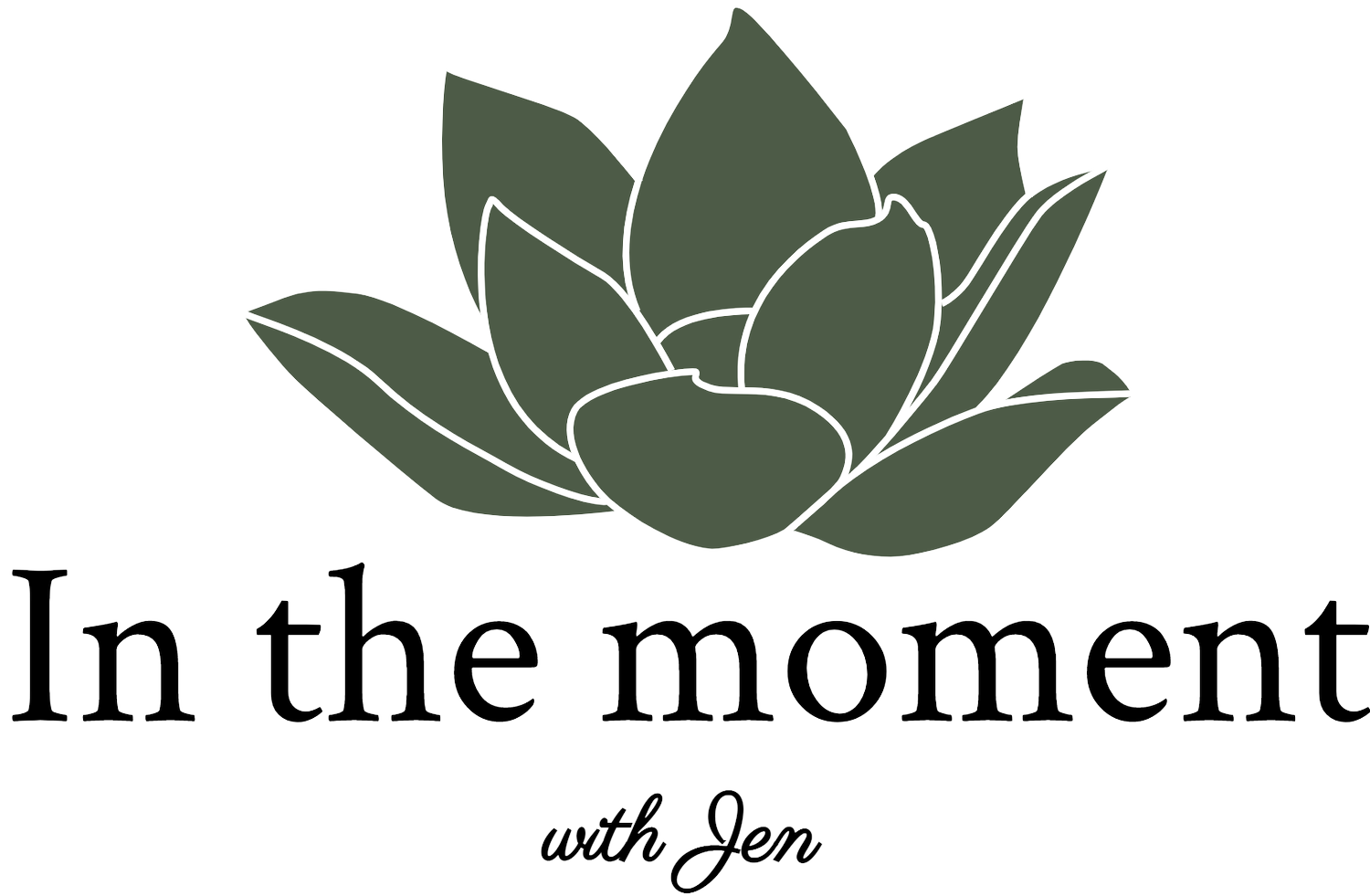Community Care =Self Care =Community Care
I’ll be honest, as someone who works with those struggling with anxiety, trauma and persistent pain, particularly through the prenatal or postpartum season (through Yoga Therapy and Birth Story Healing), I’ve been pretty irked to see how the term “self care” gets thrown around on Social Media. Sometimes self care is portrayed as if it is like a recipe to follow, or a one size fits all approach. Might I also add, seems to carry a hint of privilege, assuming that self care is completely at the discretion and responsibility of the individual.
I see the capacity to care for our own needs as an integral part of being a member of most any kind of community. That’s why when I was asked by The Royal Ottawa to participate in a Facebook Live conversation on the Ottawa Birth & Wellness Centre’s page, as part of their collaborative series focusing on Perinatal Mental Health, I couldn’t say no.
And for someone who feels a bit of terror when speaking in front of folks publicly, I think it went really well! So I thought I would share some of what we discussed.
Firstly, we reviewed a model called the Window of Tolerance, which can be helpful in understanding how our levels of activation might play out on any given day and how our capacities for resilience, to feel connected, calm and engaged are influenced by our capacities to self-regulate.
We then explored the Panchamaya Kośas (k-oh-sha) as they show up in Yoga Therapy or in our daily lives. Perhaps a more honest way of saying this is, how this ancient Indian Philosophy dating back 2500-2600 years ago has been culturally appropriated into Yoga Therapy today. So what are the Panchamaya Kośas and why are they important to self care?!
The Panchamaya Kośas framework is a way to understand the experience of being human. Another way it can be described are the 5 sheaths, or layers of our selves. So the first and most obvious layer, is the annamaya kośa, or our physical self-the tissues of the body and what gets absorbed as food into the body. Next up, which gets a lot of press in Yoga Classes or Yoga Training, is the prāṇamaya kośa. I refer to this as our Vitality Layer and is most often considered breathwork but really refers to the ways in which the life force energy is moving through us. Yes, breathing is a huge part of this kośa, as are our sleep patterns as well as energy levels throughout the day.
I think it is important to note, that this is the way that I have appropriated these layers into my own life and the work I do with clients. So practitioners of Yoga Therapy may have a different perspective and approach to integrating these 5 layers in their particular practice.
Manomaya kośa is the layer of our mental and emotional selves, or as I see them as the thought and emotional patterns that are present. Vijñānamaya kośa is often referred to as the layer of discernment. In this area we can consider what is learned through education or through building our capacities for enhancing our awareness.
Lastly, is the ānandamaya kośa, which is the layer that I refer to as the layer of connection. What inward or outward connections bring you a sense of aliveness, engagement, beauty or create meaning for you?
As a way of bringing more awareness to these interconnected aspects of ourselves in the discussion (and in Yoga Therapy sessions!), I guide(d) folks through 2 practices. The first one was devoted to exploring mindfully the kośas in an embodied way and the 2nd involved exploring these layers that allows for personalised intention setting for this upcoming week. One moment, one breath, one step at a time!
If you would like to know more about the work I do with clients through Yoga Therapy or Birth Story Healing, or would like to set up a free consultation, please reach out at any time. In the meantime you can check me out on Instagram, Facebook or Tik Tok.
